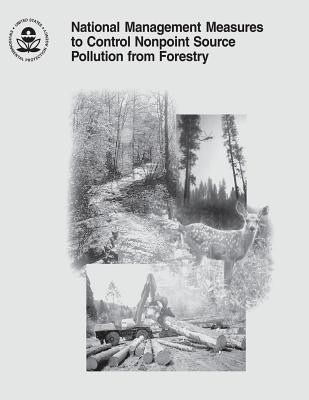| National Management Measures to Control Nonpoint Source Pollution from Forestry Contributor(s): Agency, U. S. Environmental Protection (Author) |
|
 |
ISBN: 1507533802 ISBN-13: 9781507533802 Publisher: Createspace Independent Publishing Platform OUR PRICE: $24.69 Product Type: Paperback - Other Formats Published: January 2015 |
| Additional Information |
| BISAC Categories: - Technology & Engineering | Environmental - Pollution Control |
| Physical Information: 0.58" H x 8.5" W x 11.02" (1.43 lbs) 278 pages |
| Descriptions, Reviews, Etc. |
| Publisher Description: The Nation's aquatic resources are among its most valuable assets. Although environmental protection programs in the United States have successfully improved water quality during the past 25 years, many challenges remain. Significant strides have been made in reducing the effects of discrete pollutant sources, such as factories and sewage treatment plants (called point sources). But aquatic ecosystems remain impaired, mostly because of complex problems caused by polluted runoff, known as nonpoint source pollution. This guidance document is intended to provide technical assistance to state water quality and forestry program managers, nonindustrial private forest owners, industrial forest owners, and others involved with forest management on the best available, most economically achievable means of reducing the nonpoint source pollution of surface and groundwaters that can result from forestry activities. The guidance provides background information about nonpoint source pollution from forestry activities, including where it comes from and how it enters our waters. It presents the most current technical information about how to minimize and reduce nonpoint source pollution to forest waters, and it discusses the broad concept of assessing and addressing water quality problems on a watershed level. By assessing and addressing water quality problems at the watershed level, state program managers and others involved with forest management can integrate concerns about forestry activities with those of other resource management activities to identify conflicting requirements and provide balance between short-term impacts and long-term benefits. This approach can maximize the potential for overall improvement and protection of watershed conditions and provide multiple environmental benefits. This document provides guidance to states, territories, authorized tribes; commercial and nonindustrial private forest owners and managers; and the public regarding management measures that may be used to reduce nonpoint source pollution from forestry activities. At times this document refers to statutory and regulatory provisions that contain legally binding requirements. |